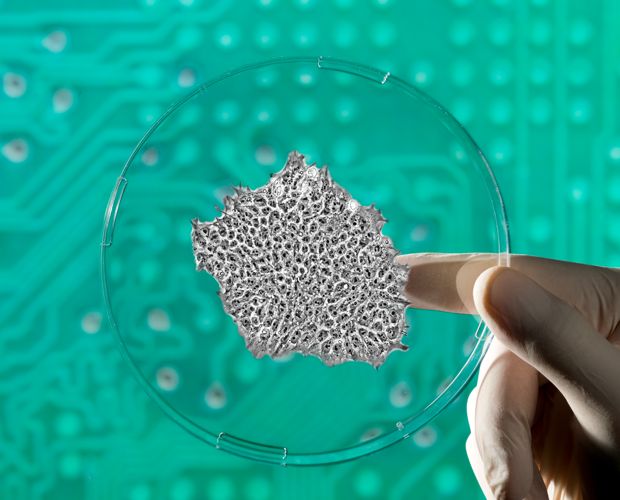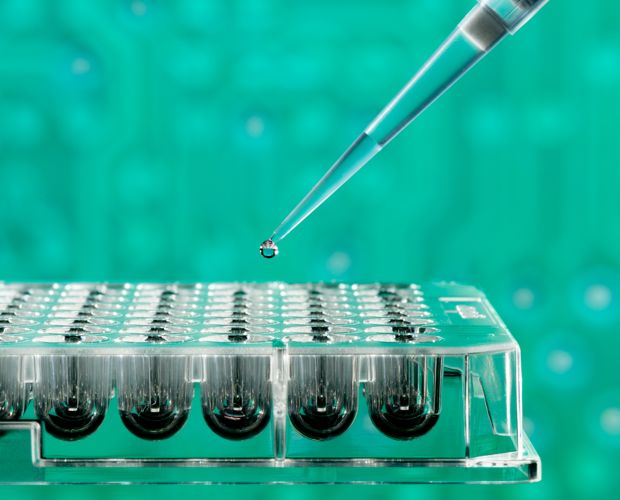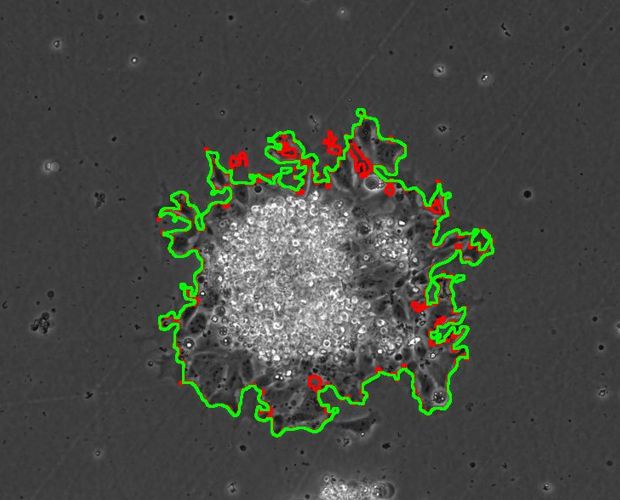


In the age of "Big Data", in which almost all sectors are producing increasing volumes of data, there is a growing focus on the analysis of these data volumes. "Data as the raw material of the future" (quote: Angela Merkel, Digitalization Congress, 2015) form the basis for autonomous systems and computer-aided prognoses.
The advancing digitalization also affects biomedical research. The group Biomedical Data Science conceives and develops data science solutions (structuring, evaluation and integration of data, analysis of correlating data properties) in the field of human stem cell research and biobanking. In particular, there is a focus on human induced pluripotent stem cells (hiPS) for therapeutically relevant cell systems.
Since they were discovered in 2006, hiPS have developed to become an important tool in biomedical research and are regarded as a significant hope for regenerative medicine. In order to exploit their potential on a large scale, the group Biomedical Data Science is also working on the development of suitable automation techniques, reliable model systems and, in particular, innovative, autonomous cell production systems on the basis of artificial intelligence, predictive analytics and machine learning. The interdisciplinary competence of the working group is a major strength.
Priorities
- Harmonization, annotation, integration and documentation of biomedically relevant data
- Analysis and optimization of cell-based production processes (e.g. expansion/differentiation of induced pluripotent stem cells)
- Development of innovative automation technologies in the field of stem cell process engineering using methods of artificial intelligence
- Development of analytical methods to clarify cellular interconnections (key word: "life cycle of a cell")
 Fraunhofer Project Center for Stem Cell Process Engineering
Fraunhofer Project Center for Stem Cell Process Engineering